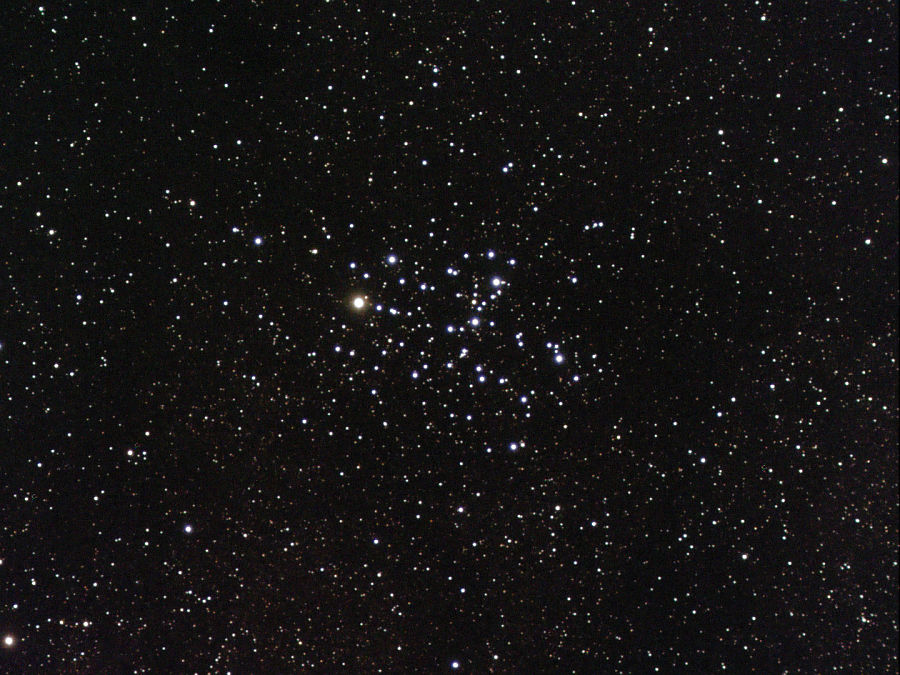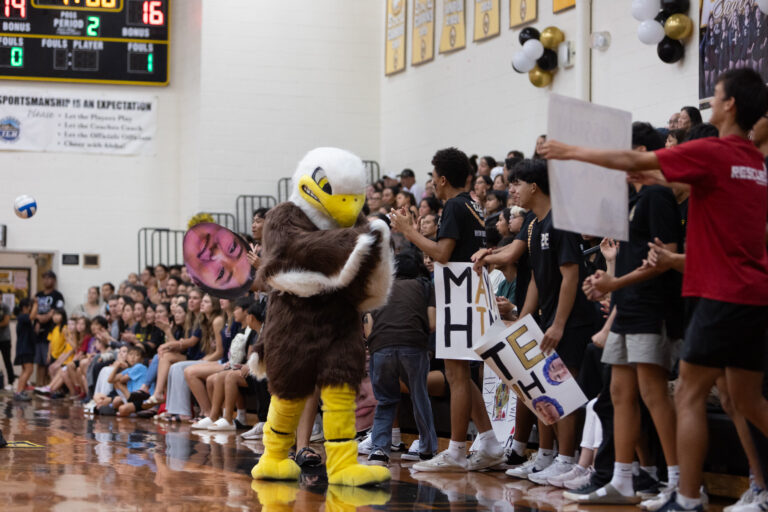In my first post, I covered some basics about astronomy and then moved on to constellations in our own solar system. In this post, I will try to cover one of the biggest subject areas in astronomy: deep sky objects.
As the name suggests, deep sky objects are objects that are very far away from us. From star clusters, to nebulae and even to galaxies, these objects cannot be seen in detail with the naked eye. Some of the bigger objects may be seen as a smudge or a fuzzy spot in the sky but for a detailed view, you will need a pair of binoculars or a telescope.
Star Clusters

Star clusters are the most basic type of deep sky objects as they are the simplest to understand. A star cluster is a group of stars that are found very close together. There are two types of star clusters. Open clusters are loosely clustered groups that usually have less than one hundred members, while globular clusters are tighter groups of stars that are gravitationally bound together containing hundreds to thousands of stars. Open clusters are generally made up of younger stars and are much less densely populated than than globular clusters.
One of my favorite open clusters to show people through my telescope is the Butterfly Cluster because, as the name suggests, the stars within the cluster make up an outline of a butterfly. It’s also called Messier 6, being one of 110 of the brightest deep sky objects on the Messier list.
Globular Clusters
Globular clusters are much more interesting to look at than open clusters in my opinion. With more than thousands of stars, these clusters provide a more “immersive” viewing experience. I like to describe as seeing specs of sugar together on a plate. Globular clusters are usually made up of older stars that are more tightly bound together by gravity. A few of the brightest globular clusters are Omega Centauri—which is my favorite to view—M13 in Hercules and M22 in Sagittarius. On dark nights, these globular clusters can even be seen with your naked eye
Nebulae

Nebulae are interstellar clouds of dust and gasses. Most nebulae are vast and measure up to millions of light years in diameter. There are two main types of nebulae, diffuse nebulae and planetary nebulae. Most nebulae can be put into the diffuse nebulae category which means they don’t have well-defined boundaries.
Planetary nebulae are ones that form when a star is close or at the end of its life. Old red giant stars eject ionized gas as they die, causing planetary nebulae to form. One of the brightest of these nebulae in the sky is the Orion Nebula, also known as M42. It’s located in the constellation of Orion just below the belt.
One of my favorite planetary nebulae is the Ring Nebula, which is located in the constellation of Lyra. I love to show this nebula to people through my telescope because they’ll be treated to a view of a defined ring out of all the stars in the background. Unlike the nebulae commonly portrayed in sci-fi movies, the nebulae you’ll see through a telescope isn’t multi-colored. This is because telescopes aren’t able to capture the color of nebulae; instead, it only shows the shadows and dusty parts of of the nebulae, making it look like a black and white image.
Galaxies

Galaxies are gravitationally bound systems of stars, interstellar remnants, gasses, dust and dark matter. In fact, Earth is located within the Milky Way galaxy which holds many other objects besides our planet. Galaxies are categorized according to their shape—elliptical, spiral, or irregular. Many galaxies are thought to have a black hole in the center which has a gravitational force that so strong that nothing—not even light—can’t escape.
One of the largest galaxies in our night sky is the Andromeda galaxy, which is about four full moon lengths put together when viewed from earth. Scientists predict that in about four billion years, the Andromeda galaxy and our own Milky Way galaxy will collide and form a super galaxy likely to be named Milkomeda or Milkdromeda.
I hope this post has helped stoke your curiosity about astronomy. Thanks for joining me today and stay tuned for the next one!






